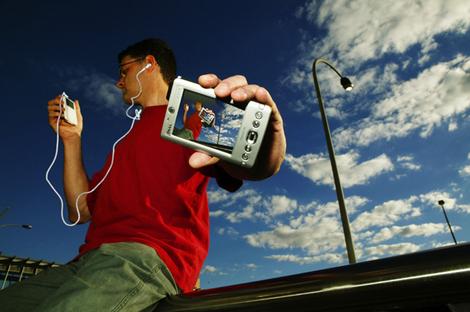 |
| Yes, I'm the popular social networking site: BookFace. |
With all the talk recently about social media, I feel it's my duty to share some etiquette tips. If I've spurred you to join Facebook to become more connected to your congregation and to expand the impact of your ministry, please do so with some tact and respect.
Pace Yourself
Don't post more than five times a day, and don't post multiple times in a row. This ends up clogging up the news feeds of your friends and it gets annoying.
Keep the Apps to a Minimum
Facebook is chock full of apps and games and doodads that are mildly entertaining. They all give you the option of posting your activities to your news feed. Don't do it. Don't post your Farmville exploits or you Mafia Wars adventures, your friends who aren't playing those games will thank you.
Beware External Connection
Facebook now has a Facebook Connect feature so that when you like a video on Youtube or you read an article on a website it can post to your newsfeed. Don't do this very often. Reserve this for things that you really want to share with the world rather than every last little thing that piques your interest.
Post Real Status Updates
If you created a Facebook page to do a better job of connecting as a minister, that's great, but you can't just post status updates about ministry or the bible. I know this seems counter-intuitive, but you need to just be a real person. Post about your frustrations, your joys, and your favorite band. See what other people are posting and what gets comments. Think about what people want to know about you. If you only post ministry updates you will bore people and they will hide you or unfriend you (I know, trust me, I know).
What dos and don'ts do you have for Facebook?






















